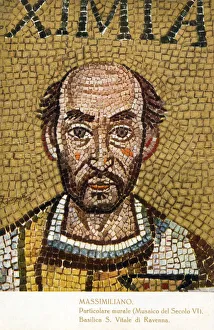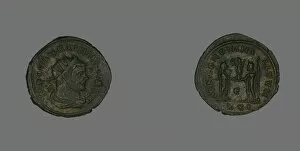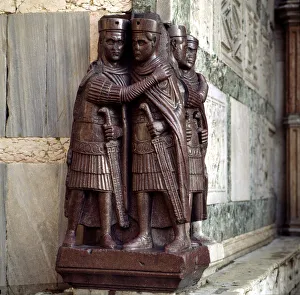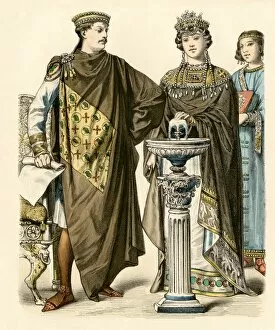Maximian Collection
Maximian, a prominent figure in ancient Rome, left his mark on the city through various historical artifacts and monuments
All Professionally Made to Order for Quick Shipping
Maximian, a prominent figure in ancient Rome, left his mark on the city through various historical artifacts and monuments. One such example is the Baths of Diocletian and Maximian, an impressive complex built between 298 and 306 AD. Situated between the Quirinal and Viminal Hills, these baths were a testament to Roman engineering prowess. In Ravenna's Basilica of San Vitale, we find another connection to Maximian with Bishop Maximianus. This religious figure played a significant role in shaping the spiritual landscape of Ravenna during his time. Coins portraying Emperor Marcus Aurelius Valerius Maximianus give us glimpses into his reign around 293 AD. These coins serve as tangible reminders of his authority and influence over the empire. From aurei to follis coins depicting Emperor Maximian Herculius from around 303 AD showcase both his power and artistic craftsmanship prevalent during this period. The legacy continues with numerous other coins bearing his image from different years throughout history. These small yet intricate pieces provide valuable insights into the political climate at that time. Illustrations featuring Maximianus can be found in works like "Imperatorum romanorum omnium orientalium et, " showcasing him alongside other notable Roman emperors. A fascinating artifact linked to Bishop Maximian is an intricately detailed chair adorned with wood and ivory carvings depicting scenes such as the Annunciation. This masterpiece serves as a testament to both religious devotion and skilled craftsmanship during that era. Lastly, we cannot overlook the grandeur surrounding funeral rituals for Roman Emperors. The mention of a five-story funeral pyre highlights not only their elevated status but also their lasting impact on society even after death. Through these various hints scattered across Rome's historical landscape, we catch glimpses of Maxmilian's multifaceted presence - from architectural marvels like baths to numismatic evidence reflecting his rule.

























